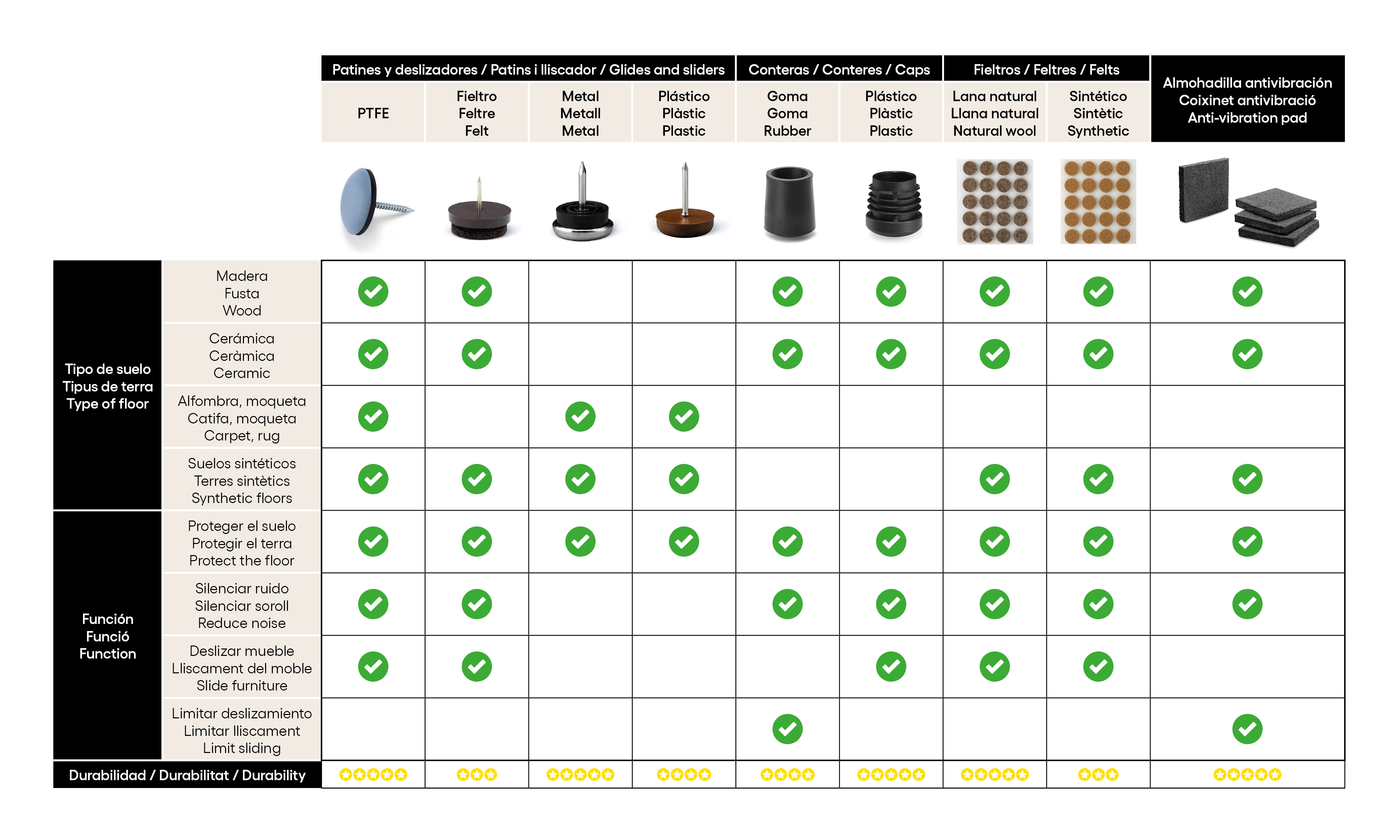News
Classification of wood according to its quality
What wood is better than others and why?
We know that there are different types of wood, but what differences are there between them that make some more expensive than others? Which are of higher quality and why? In the following post we will provide a brief summary to clear up these doubts.
To determine the quality of a type of wood, there are certain aspects to be taken into account, since wood can be classified in many different ways, as it is a material with a great variety of properties, uses and origins. The most widespread distinction is made between its level of hardness, dividing it into soft or hard.
Soft wood:
Wood with a much shorter growth period (evergreen trees), which are therefore more abundant, easier and quicker to obtain. This type of wood is lighter, cheaper and more common in most products and jobs. They have a much lower durability than hard wood, but are much easier to work with. The aesthetic appeal of soft wood is less than that of hard wood, mainly due to their number of knots and scarce amount of grain, which is why they are usually treated with paint, varnish or dyes.
For example, some of the most widely used are: Pine, cedar, fir, cypress, balsa wood, black poplar, poplar or bamboo.
Hard wood:
Wood with a slow growth period (deciduous trees). This wood comes from trees that take decades, or even centuries, to reach a sufficient degree of maturity to be cut and to be able to be processed and transformed. They are heavier and very resistant, withstanding the inclement weather and the passage of time better. Working with this type of wood is more complicated because it is less smooth and is more irregular, however, the finished article is of great quality and has an excellent finish. Also, the fact they have more grain makes them more attractive.
For example, some of the most widely used are: Mahogany, oak, walnut, teak, olive, cherry, elm, ash, beech, ebony, chestnut or wenge.
It is important to take this into account when assessing the quality of a product (properties, characteristics, visual appearance, etc.) in relation to the price it may have. Another fundamental aspect to consider is whether the wood is of sustainable and certified origin.
Plywood and MDF strips would fall outside the category of wood, as they are not actually wood, but a by-product of it. During the manufacturing process, certain chemical products may be added in order to provide additional characteristics, such as repelling water or preventing the onset of fungi or mould. They come in a uniform colour and unlike wood they do not have beta. They are usually decorated with vinyl sheets to simulate different wood finishes in order to make them more visually attractive.




